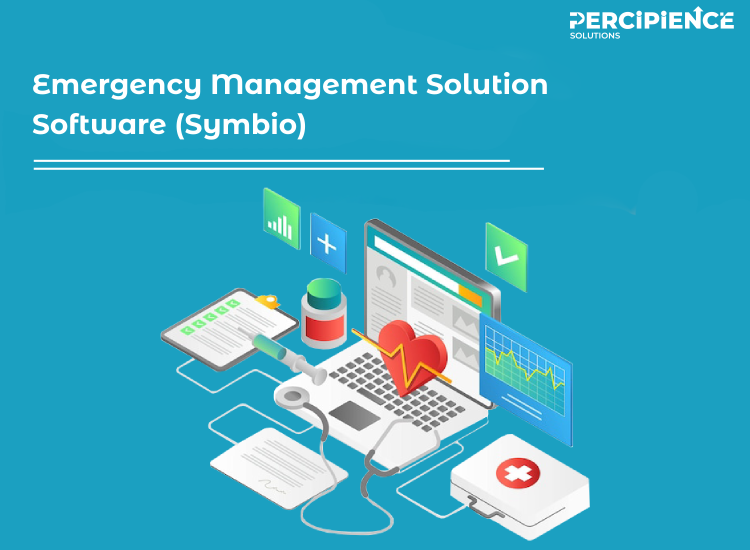
Emergency Management Solution Software (Symbio)
Overview
Our company developed a comprehensive Emergency Management Solution software tailored for a client operating within the healthcare emergency response sector. This innovative software was designed to streamline the operations of first responders and hospitals, ensuring efficient patient care and optimized resource management.
Software Features
- First Responder Portal: Enables first responders to log in, enter patient vitals, capture images of the location and the patient, and record ECG and EEG readings.
- Protocols Access: Provides access to Advanced Life Support (ALS) and Basic Life Support (BLS) protocols at both national and state levels, aiding in adherence to best practices.
- Patient History Lookup: Allows users to search for and reference patients previously transported by the system, offering valuable historical medical data.
- Dynamic Reporting: Analyzes data on high-frequency utilizers to help in planning and resource allocation.
- Geolocation and Mapping: Features maps to identify the nearest hospitals with the required service and specialty, optimizing patient routing.
- AI-Driven Routing: Utilizes artificial intelligence for efficient rerouting of patients to appropriate facilities, saving costs and improving patient outcomes.
- Hospital Credentials: Enables hospital staff to monitor incoming patients live, view pictures and videos, and communicate with first responders via chat. Hospitals can prepare teams in advance based on incoming patient information.
Advantages of the System
- 1. Enhanced Coordination: Streamlines communication between first responders and hospitals, leading to quicker, more coordinated care.
- 2. Improved Patient Outcomes: Access to ALS and BLS protocols and patient history ensures informed decision-making, directly impacting patient survival and recovery rates.
- 3. Cost Savings: AI-driven routing and the integration with Electronic Health Records (EHR) optimize resource allocation and reduce unnecessary hospital admissions, saving costs for hospitals, insurance companies, and the government.
- 4. Operational Efficiency: The dynamic reporting and historical data analysis features allow for better management of high-frequency utilizers, reducing strain on emergency services.
- 5. Preparedness: Hospital staff can prepare for the patient's arrival in advance, ensuring the right team and resources are ready, further improving the patient care process.
Impact in Arizona
- Patients Benefited: Within the state of Arizona, the software has significantly benefited the emergency healthcare sector. Over the past year, the system has been instrumental in the care of approximately 20,000 patients, enhancing their outcomes through more efficient and informed care processes.
- Cost Savings: The integration with EHR and the optimization of patient routing have led to substantial cost savings. Hospitals in Arizona have reported a 15% reduction in emergency care costs, while insurance companies and government healthcare spending have seen reductions of approximately 10%. These savings are primarily due to decreased unnecessary admissions, optimized use of resources, and improved patient management protocols.
Conclusion
The Emergency Management Solution software represents a significant advancement in emergency healthcare delivery. By leveraging technology, the system enhances patient care, improves operational efficiency, and generates considerable cost savings. Its success in Arizona underscores its potential to transform emergency healthcare services nationwide, setting a new standard for patient management and care coordination in the industry.
